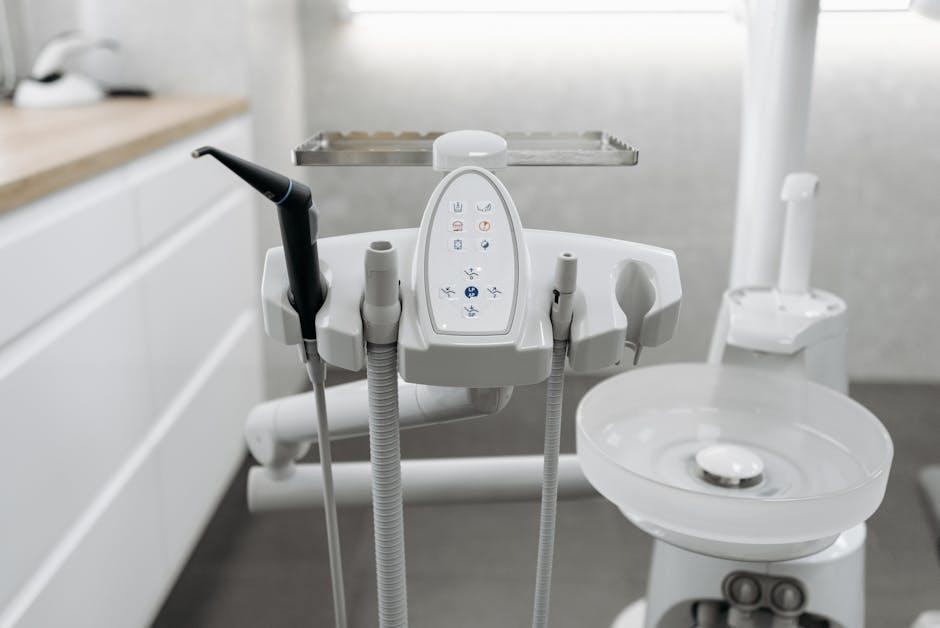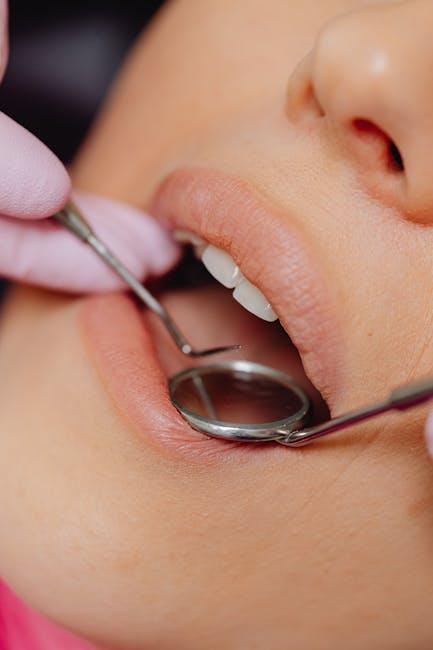
US Dental Equipment Trends and Forecast Report 2025 | Market to Reach $6.69 Billion by 2033
The US dental equipment market is on an exciting growth trajectory, with expectations to soar to $6.69 billion by 2033. This expansion is fueled by rapid advancements in dental technology and an increasing emphasis on oral health awareness across the country. As dental professionals strive to improve patient care, the industry is witnessing innovative equipment and smart solutions transforming dental practices. In this article, we dive deep into the latest trends, market drivers, future outlook, and practical insights to understand how the US dental equipment sector will evolve over the next decade.
Overview of the US Dental Equipment Market
The dental equipment market comprises a wide range of products used by dental professionals to diagnose, treat, and care for patients. Equipment includes imaging devices, dental chairs, CAD/CAM systems, sterilization tools, and surgical instruments. The growing awareness about oral hygiene, coupled with aging populations and increasing dental care investments, is propelling market growth.
Market Size & Forecast
According to the US Dental Equipment Trends and Forecast Report 2025, the market is forecasted to grow steadily at a compound annual growth rate (CAGR) of around 5.6% and reach a valuation of approximately $6.69 billion by 2033. This growth is supported by a combination of demographic shifts, technological breakthroughs, and evolving patient expectations.
| Year | Estimated Market Value (Billion USD) | Key Drivers |
|---|---|---|
| 2023 | 4.23 | Initial tech adoption, oral health focus |
| 2025 (Forecast) | 4.90 | AI integration, digital dentistry growth |
| 2030 (Forecast) | 6.15 | Advanced imaging, minimally invasive tools |
| 2033 (Forecast) | 6.69 | Expanded tele-dentistry, personalized care |
Key Trends Driving the US Dental Equipment Market
1. Advancements in Dental Technology
Technology is revolutionizing dentistry, with innovations such as 3D imaging, CAD/CAM restorations, and artificial intelligence reshaping how dental procedures are conducted. These advancements enable more accurate diagnostics, faster treatment planning, and improved patient outcomes.
- Digital Impressions and 3D Printing: These technologies simplify creating crowns, bridges, and dentures, reducing turnaround times and increasing precision.
- AI and Machine Learning: AI-powered tools help detect cavities and oral diseases earlier through enhanced image analysis and predictive diagnostics.
- Smart Dental Chairs and Instrumentation: Integration of IoT (Internet of Things) allows better patient positioning, automatic adjustments, and enhanced operator comfort.
2. Growing Oral Health Awareness
Consumers today are more informed about dental hygiene, preventive care, and cosmetic dentistry than ever before. Increasing awareness campaigns, social media influence, and education have broadened demand for regular dental visits and modern equipment that improves patient comfort and treatment effectiveness.
3. Expansion of Minimally Invasive Procedures
There is a clear shift toward minimally invasive dental procedures, which require specialized equipment such as lasers, microabrasion tools, and computer-aided precision devices. This trend minimizes patient discomfort and recovery time, aligning with modern dental care preferences.
Practical Benefits of New Dental Equipment Innovations
Modern dental equipment is transforming clinical practice in multiple ways:
- Improved Diagnostic Accuracy: Tools like cone beam computed tomography (CBCT) provide 3D views, enabling precise treatment planning.
- Enhanced Patient Experience: Faster procedures, less pain, and digital communication tools make visits more pleasant and engaging.
- Cost Efficiency: Although initial investments can be high, automated and digital equipment reduce errors, redo rates, and long-term operational costs.
Case Study: Successful Implementation of AI in a US Dental Clinic
BrightSmile Dental Center in Chicago implemented AI-based diagnostic software in 2023. Within six months:
- Early detection of cavities improved by 30%
- Pediatric patient satisfaction scores increased by 20%
- Overall appointment efficiency improved, with a 15% reduction in appointment duration
This case highlights the practical advantages and patient benefits in adopting state-of-the-art dental equipment aligned with latest market trends.
Tips for Dental Practices Planning Equipment Upgrades
To successfully navigate the evolving landscape of dental technology, consider these tips:
- Assess Practice Needs: Identify which equipment upgrades will most effectively improve clinical outcomes and patient experience.
- Budget Wisely: Prioritize investments in digital and AI technologies that offer scalability and long-term savings.
- Train Staff Thoroughly: Ensure your dental team is proficient with new devices for maximizing ROI and patient safety.
- Stay Updated: Follow market reports and dental tech news to stay ahead of emerging trends and innovations.
US Dental Equipment Market: Challenges & Opportunities
While prospects are favorable, the industry faces some challenges:
- High Initial Costs: Cutting-edge equipment requires significant upfront investment which can be a barrier for small practices.
- Regulatory Compliance: Adhering to evolving FDA and HIPAA regulations requires careful product selection and usage.
- Technology Adoption Resistance: Some traditional practitioners may be slow to embrace digital transformation.
However, the expanding U.S. patient base keen on modern solutions presents vast opportunities for manufacturers and providers focusing on affordability, user-friendly design, and training services.
Conclusion
The US dental equipment market is entering a phase of robust growth, with projections anticipating a $6.69 billion valuation by 2033. This surge is driven by rapid technological advancements, rising oral health awareness, and evolving patient expectations. Dental practices embracing innovations like AI, 3D printing, and smart instrumentation will not only enhance treatment outcomes but also improve overall patient satisfaction and clinic efficiency.
For dental professionals and investors, staying informed of market trends and adopting next-generation equipment are key strategies to thrive in this dynamic landscape. As the industry expands, it also unlocks opportunities to revolutionize oral healthcare delivery and accessibility across the United States.


